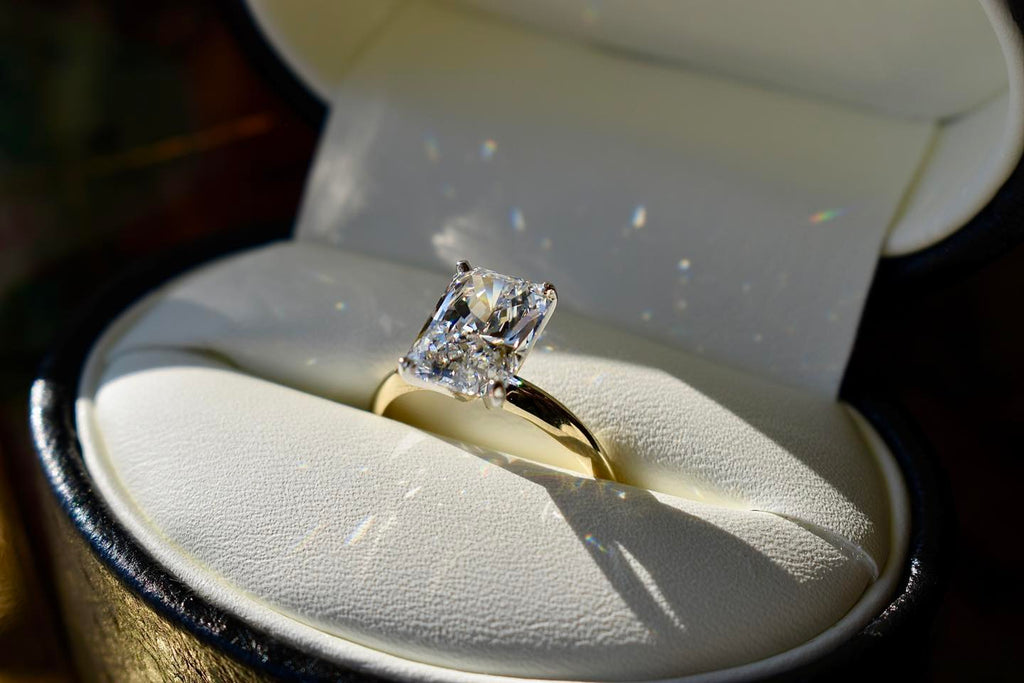How are lab grown diamonds made?

Lab-grown diamonds are man-made diamonds that are created in a laboratory setting using advanced technological processes. There are several different types of lab-grown diamonds, each with its own unique characteristics. Here are some of the most common types:
-
High-Pressure High-Temperature (HPHT) Diamonds: These diamonds are grown using a process that simulates the high-pressure and high-temperature conditions that exist deep within the Earth's mantle. HPHT diamonds are known for their high clarity and colorless appearance.
-
Chemical Vapor Deposition (CVD) Diamonds: This method involves the use of a heated chamber filled with a carbon-rich gas, which is then ionized to create plasma. The plasma breaks down the gas molecules, allowing the carbon atoms to settle on a substrate, where they crystallize into a diamond. CVD diamonds are known for their excellent quality and uniformity.
-
Detonation Nanodiamonds: These diamonds are produced through a high-explosive detonation process. This method involves detonating a mixture of carbon-rich explosives and graphite in a closed chamber, resulting in the formation of tiny diamonds. Detonation nanodiamonds are used mainly in industrial applications.
-
Sonication: This is a relatively new method of creating lab-grown diamonds. It involves using high-frequency sound waves to break down a carbon source into its constituent atoms, which then form into diamond crystals. This method is still in the experimental phase, but it shows great promise in terms of producing high-quality diamonds at a lower cost.
Each of these methods has its own unique advantages and disadvantages, and the choice of which method to use depends on the desired characteristics of the diamond, as well as the cost and availability of the materials and equipment needed to produce it.
